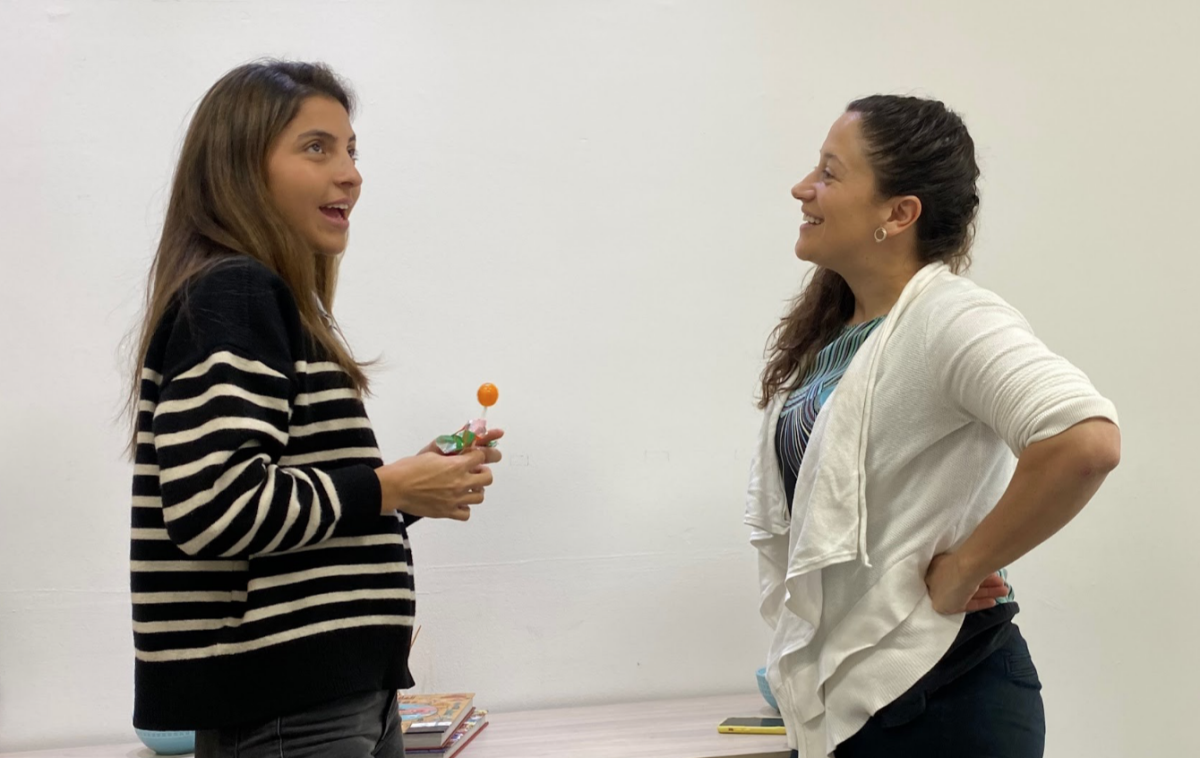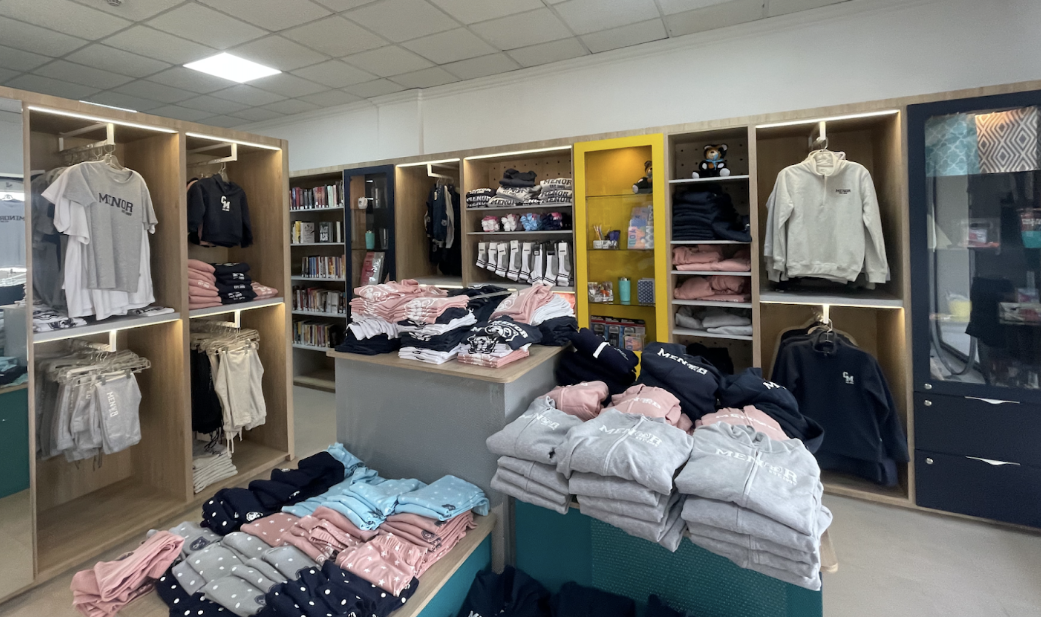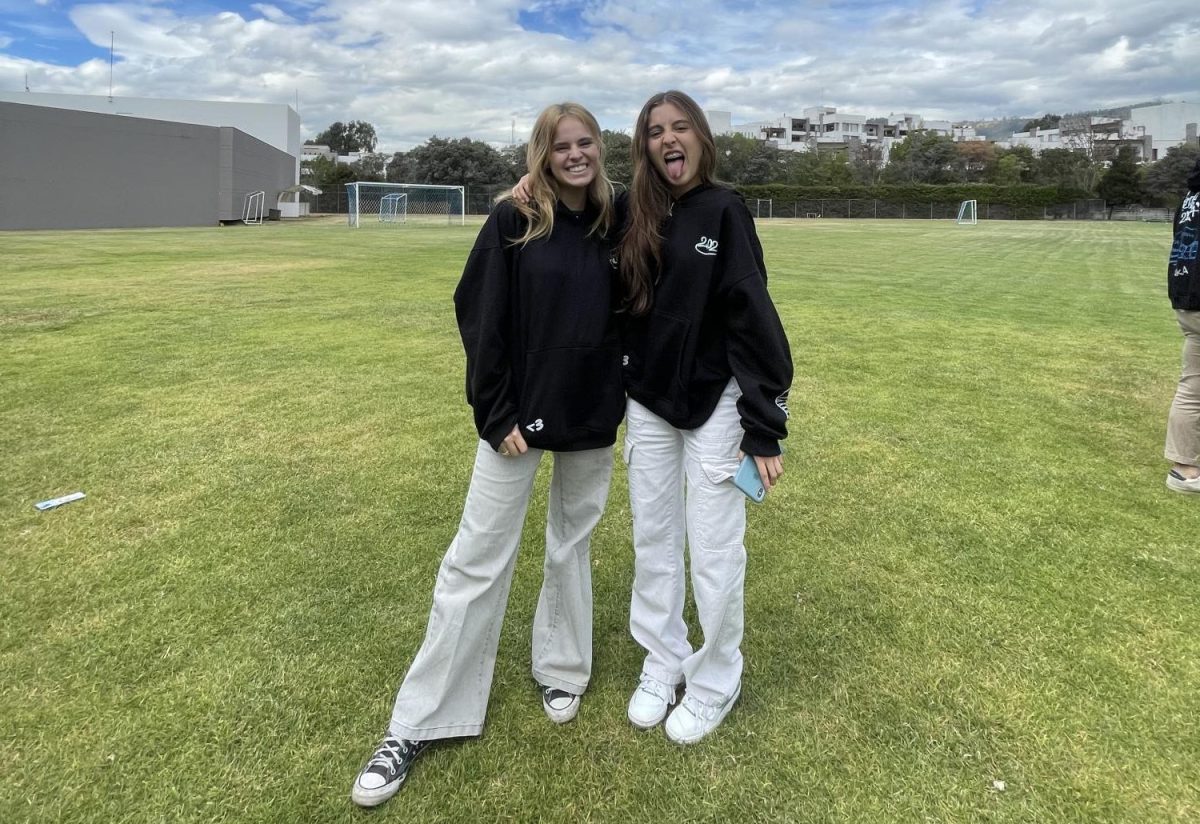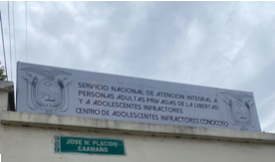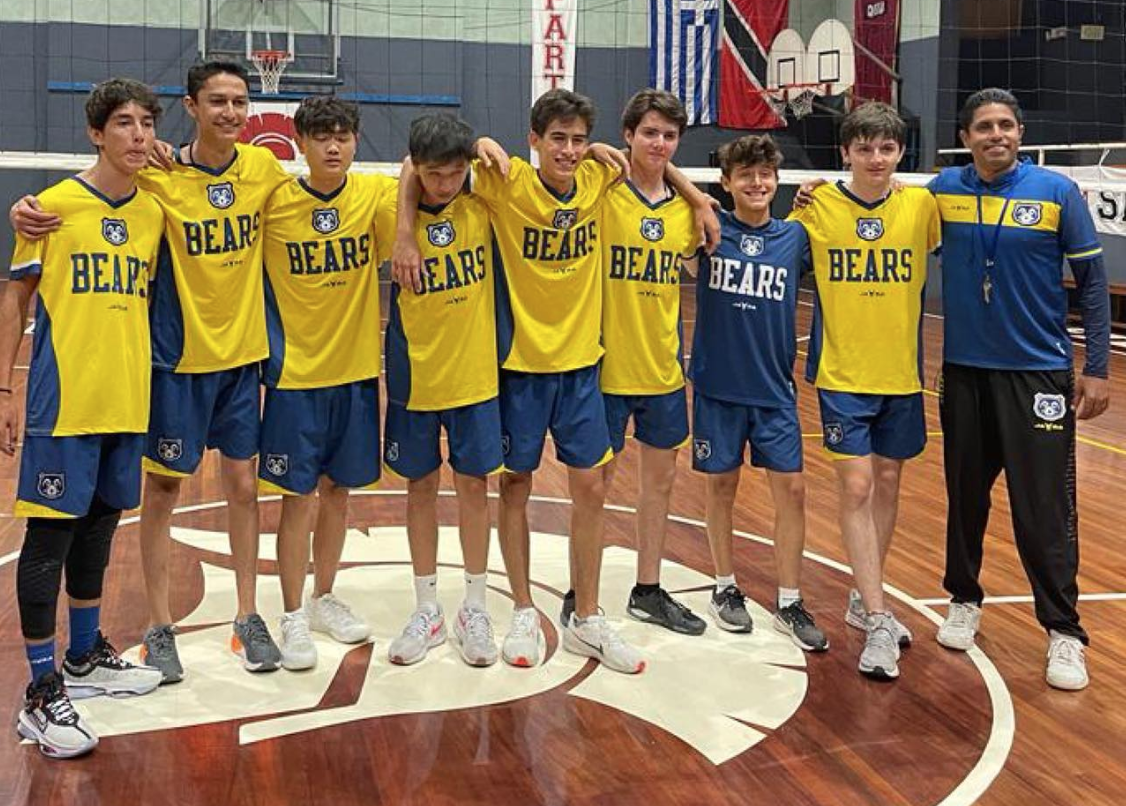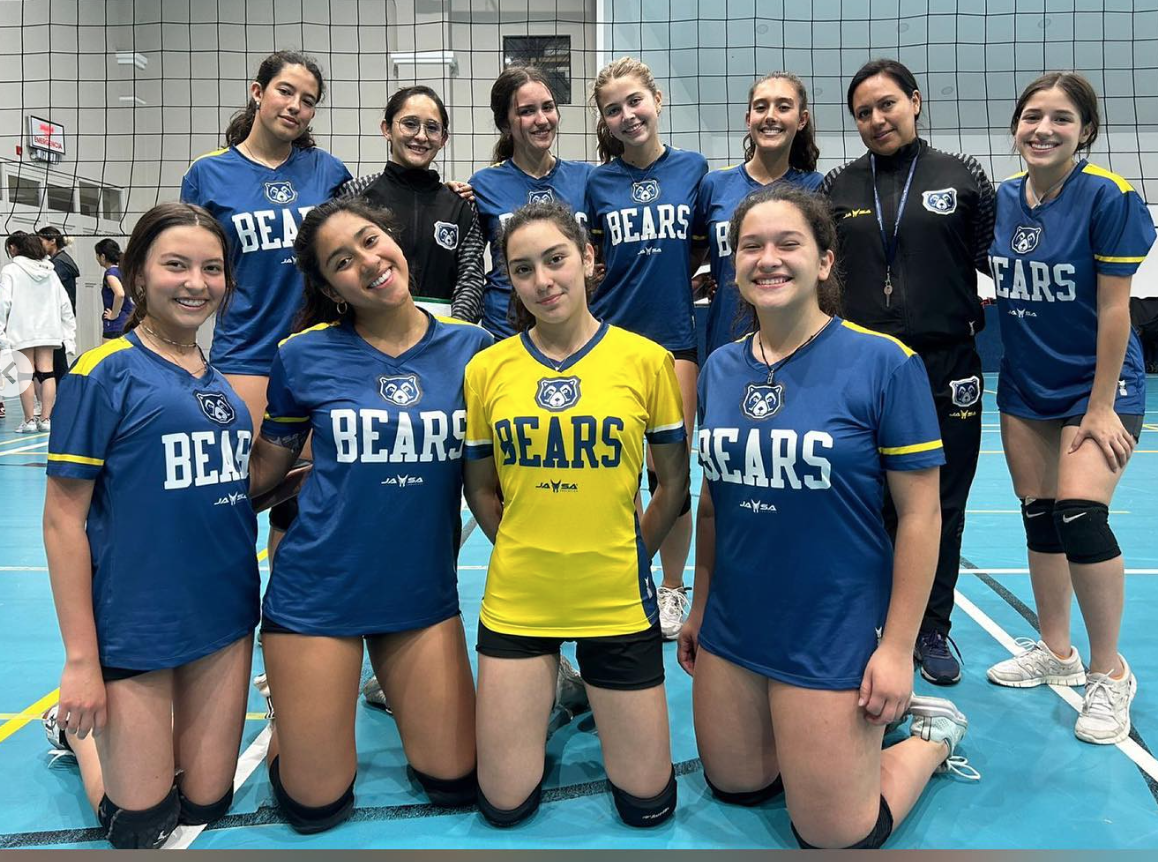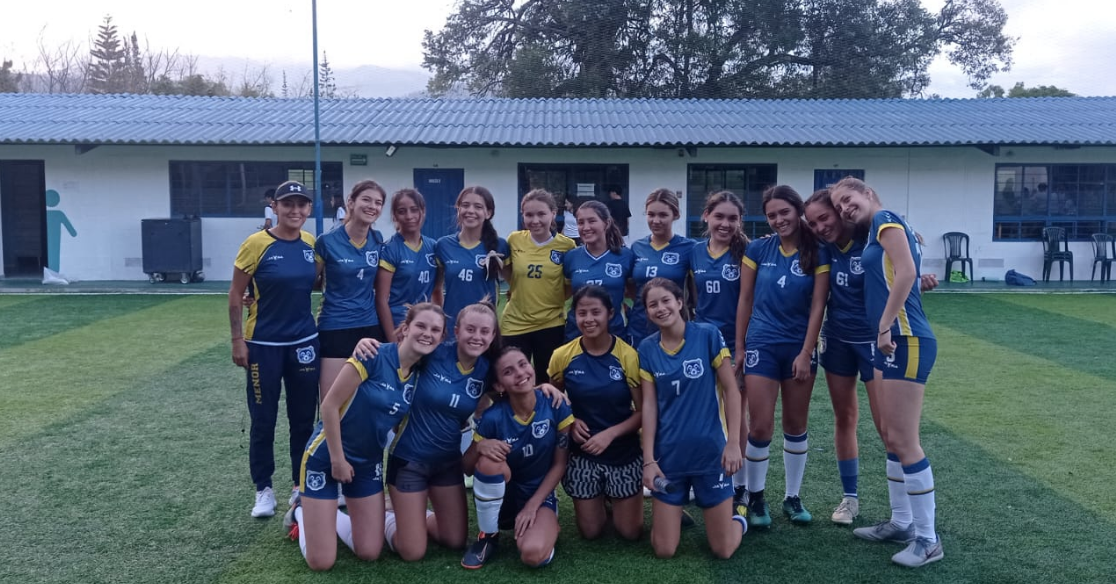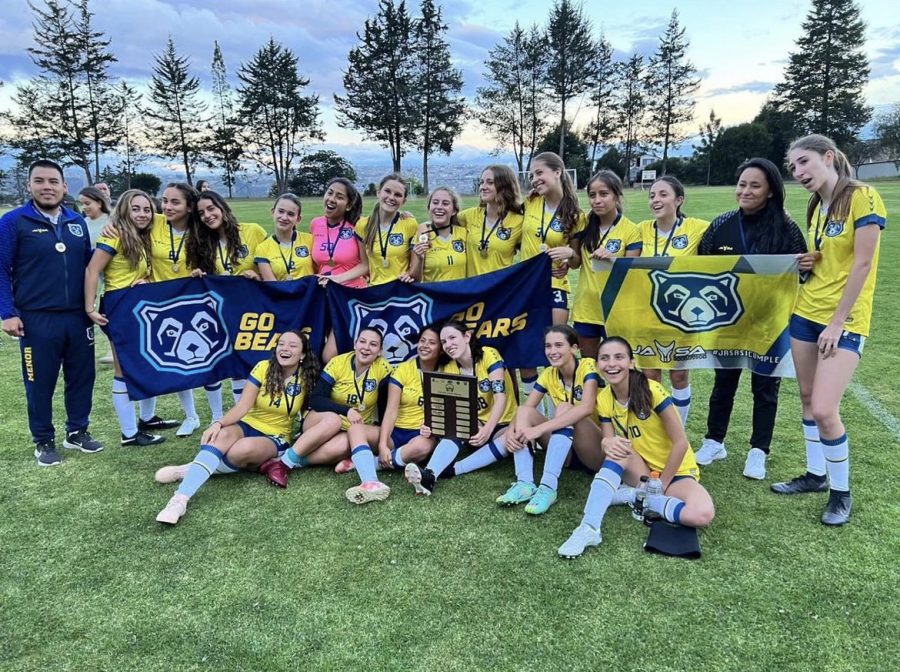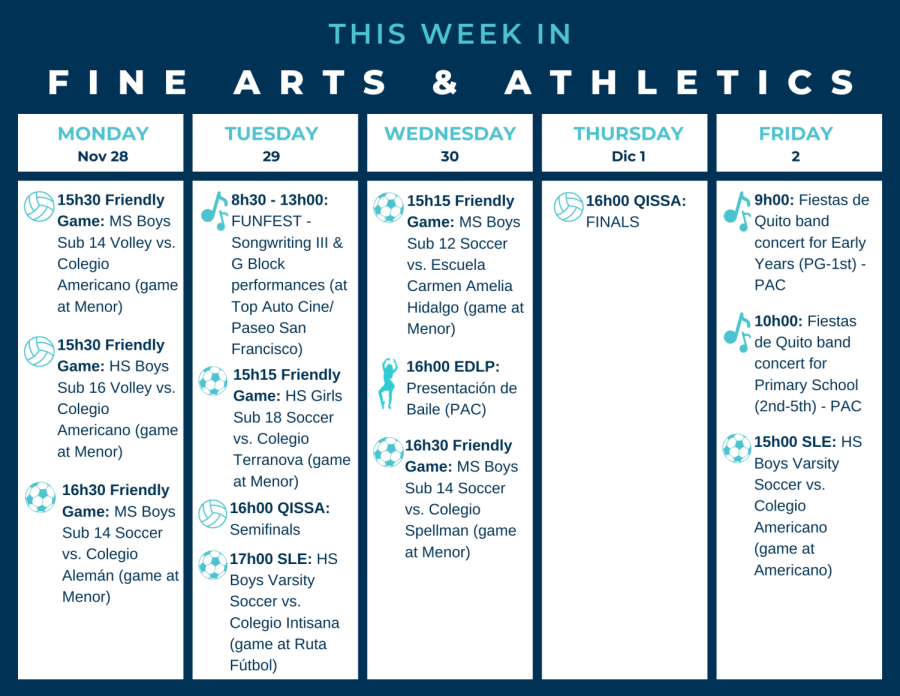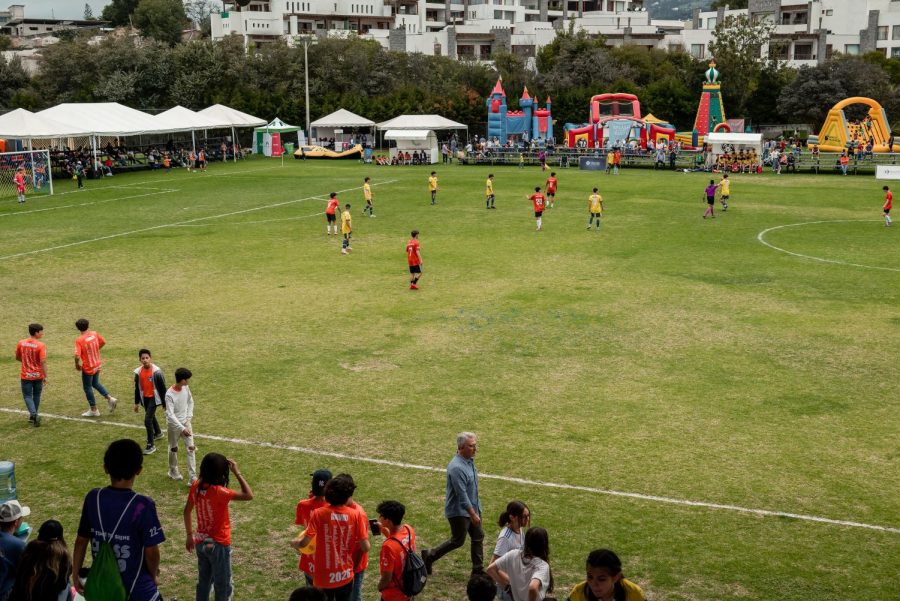The high school soccer players at Colegio Menor had a big surprise in store for them at the beginning of the new school year.
While past soccer practices took place on campus, this year all high school practices were moved to Lumbisi, at the Potrero.
This was an initiative taken by the extracurricular coordinators in organizing the availability of practice spaces on campus. As with all changes, there are different perspectives to how well this is working for the students and parents.
“This change has left us with positive and negative feedback, but we are still fully developing this transition and are working on resolving the issues for the parents, students, and overall teams,” Rafael Salazar, Colegio Menor’s athletic director, said. “We want this change can be ultimately beneficial to all of us.”
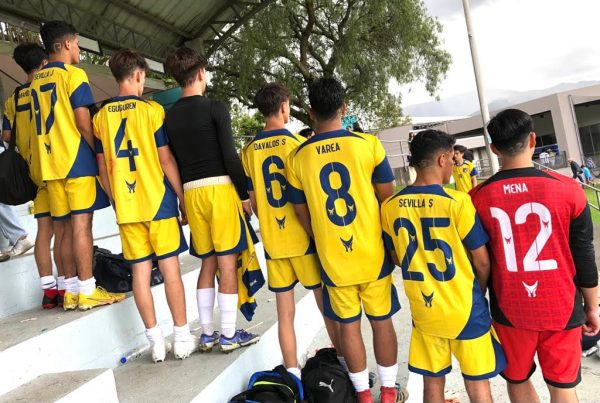
For some context on this situation, there have always existed some difficulties with administering the space at the school for soccer practices. The school has seen an increase in the number of students who want to be part of its soccer teams and therefore there is a greater need for practice spaces on campus and beyond.
Now with this new change the oldest teams — junior varsity (sub 16) and the varsity (sub 18), are training at the Potrero in Lumbisi, freeing up more space for the younger teams that still train at the school.
From the student’s point of view, although they recognize that the change has been made for the greater good of every team in the school, there are some challenges due to this change of location.
“All the time that we lose just getting to practice because of traffic and the distance… reduces our overall practice time, because we can’t just stay until later,” said Emilia Ortiz, a junior on this year’s girls varsity team.
One of the most significant challenges is that students do not have the opportunity to attend “extra help” sessions before practices start. Now students have to leave school promptly to arrive at the Potrero and lose this precious time that they previously used to attend to their academic responsibilities.
Transportation has become central to the issue, because getting to practice takes much longer than it used to. Practice times have been bumped back later in the afternoon, meaning that students leave practice later than usual.
Students also have to rely upon finding their own transportation when leaving practice, as school transportation services do not exist at the Potrero.
This issue in particular has been noted by organizers, like Salazar.
“We noticed this issue and are working on implementing transportation after the practice either back to the school or directly to the player’s homes,” Salazar said.
Another issue that some players have stumbled upon is the need to change their shoes to “pupillos” since training at Portrero takes place in a synthetic field.
Despite the challenges, there are benefits to the teams using the Potrero installations. The quality of the practice space and the amount of room provided are listed among the advantages. Also, the soccer field is now roofed so if it rains soccer practices can continue uninterrupted.
These benefits have been noticed by many, like Monica Caisa, the coach of the varsity girls team.
“This change of location has come with many benefits and we as teams are going to try and take advantage of this opportunity to focus on improving our team and developing our full potential,” Caisa said.
While there are mixed reviews about this change, overall everything is directed towards the same goal of providing the soccer teams with more space and collaborating towards their improvement.

